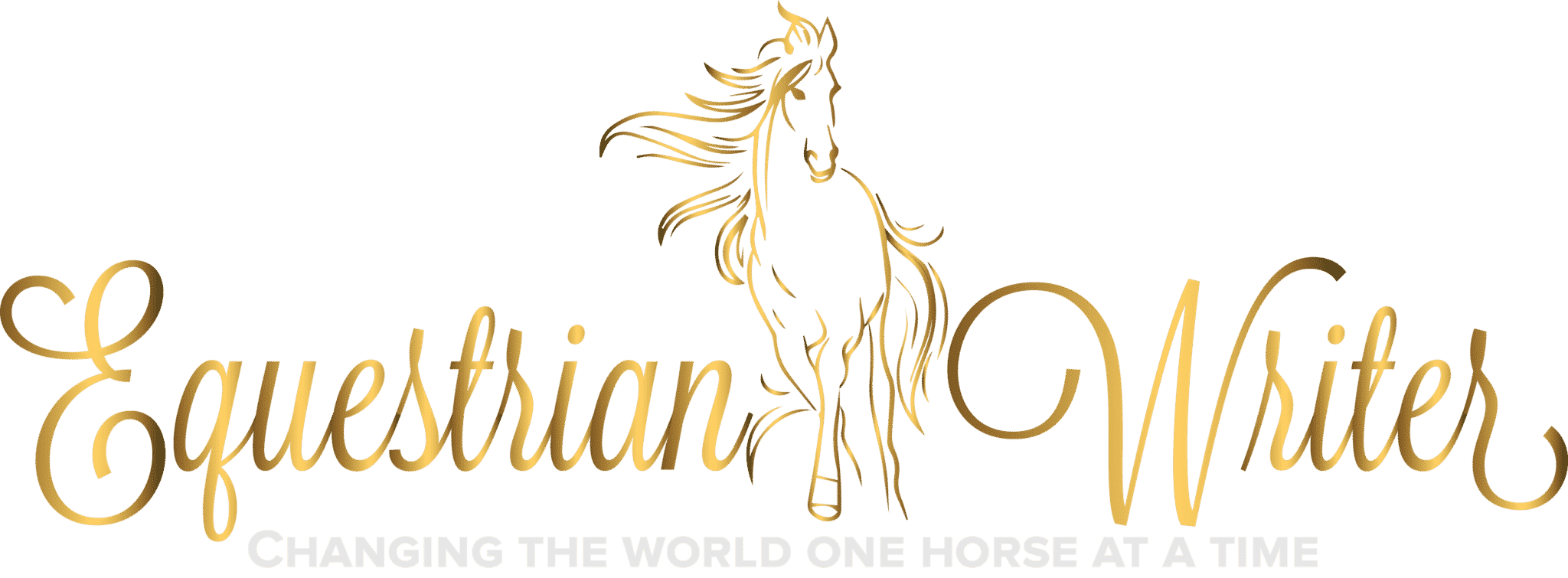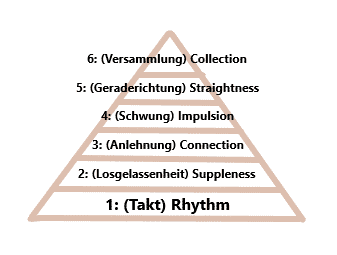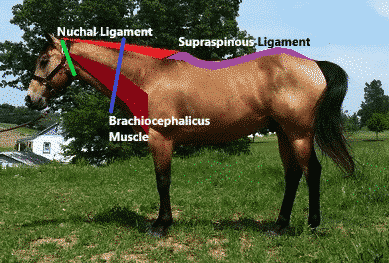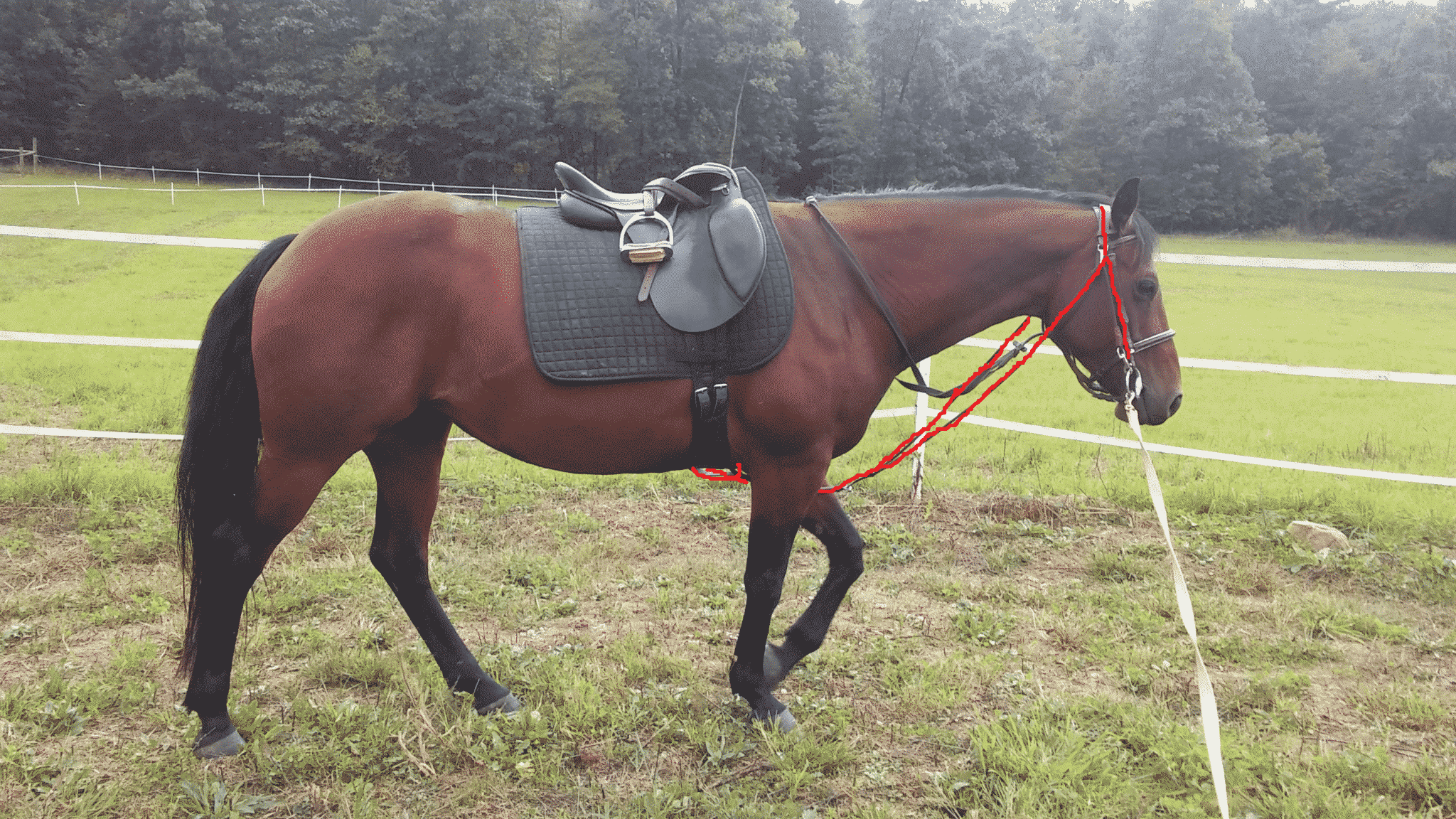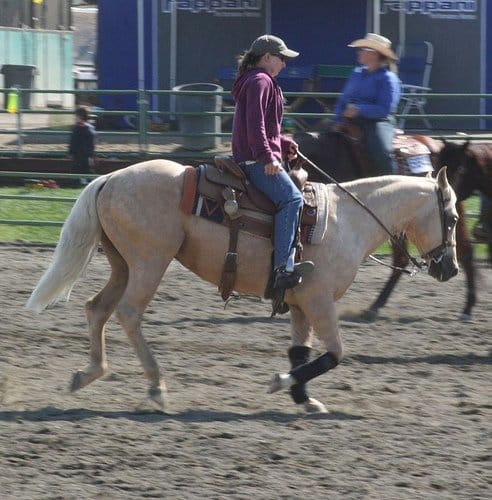
Last week we discussed the importance of knowing the ‘why’ behind everything you do with your horse. Here is an important ‘why’ that is sometimes skipped over because so many of us just accept this as a golden rule of training: your horse should not be heavy on the forehand.
Natural movement
Many horses are naturally heavy on the forehand. Sticking a rider on top exaggerates the problem to a point that can be detrimental to the horse’s health if it is not addressed. Horses have natural shock absorption built into their legs. But adding 200lbs of tack and rider to the horse’s already unbalanced equilibrium renders the shock absorption capabilities of your horse’s front legs useless unless that weight is more evenly distributed. Hence the need to life the back, collect, and get the horse off the forehand.
Extra stress
[bctt tweet=”A #horses shock absorption system is tendons, ligaments, and the frog of the hoof.” username=”EW_Blog” prompt=”join the conversation”]
The shock absorption system in a horse’s legs consists of tendons, ligaments, and the frog of the hoof. Without an even distribution of weight, a lot of unnecessary stress is placed on these fragile systems. This is the root of many tendon and ligament problems in show horses. If not enough attention is paid to proper movement, these natural systems begin to break down. Even if the horse is moving perfectly collected, it is important not to overdo training that puts undue stress on the legs. Strenuous activities such as sliding stops, spins, and such should not be overdone. Moderation is the key to preserving your horse’s legs.
Agility
Remember, horses were not designed to carry 200lbs of tack and human. Every time you get one your horse, you are messing with his natural balance. We must always be aware of this. All of that extra weight makes an unbalanced horse even heavier on the forehand, decreasing his agility even further. If he is heavy on the forehand it is difficult for him to pick up that front end and move quickly in reaction to the rider’s cues. This often leads to tripping and further injury in addition to the extra stress on the legs.
Restrictions on the hindquarters
If your horse is heavy on the forehand, he will be strung out behind. His hind end won’t be tucked up under him, taking away much of his thrust and restricting his momentum. This further restricts his agility and ability to respond to the rider’s cues.
Tension
All this restriction will lead to tension and bracing throughout the body. You will never be able to achieve true softness throughout the entire body and the horse will never be very supple. The horse’s ability to use his body parts independently will be restricted and you will never gain the amount of full body control that can be achieved with a horse that is collected and has his hind end under him properly.
Photo by Just chaos
